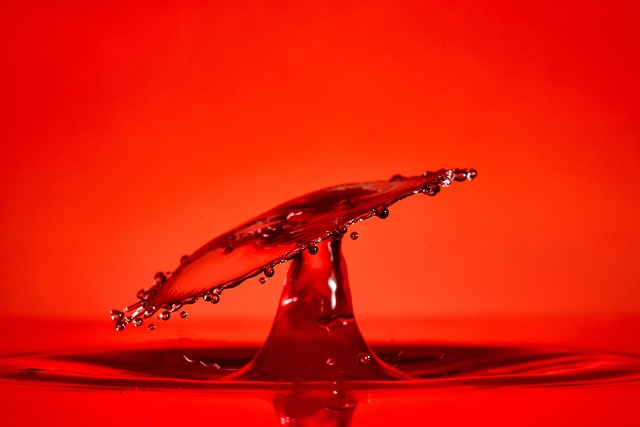There’s a unique joy in bringing a splash of color and design into your world with your own two hands. Whether you’re tackling a furniture flip, brightening a wall, or personalizing a canvas, the act of painting is deeply rewarding. But sometimes, turning that ambitious vision into a reality can feel a little overwhelming. That’s where approaching your painting projects with a bit of structure – what we might call a schematic surface” method – can unlock incredible potential for your DIY creations.
Think of schematic surface painting not as rigid rules, but as a helpful roadmap for your creativity. It’s about having a plan, understanding your layers, and intentionally applying paint to build up your desired look. This approach is perfect for us crafters who love getting hands-on but also appreciate a process that helps achieve polished, professional-looking results right in our own homes.
DIY Projects Made Brighter
Embracing a schematic surface approach can elevate your favorite DIY projects. Instead of just painting a single color, you might plan out base coats, stenciled patterns, layered washes, or even masking off areas for crisp lines and geometric designs. This method ensures each step contributes purposefully to the final outcome, making intricate designs much more achievable for the home crafter.
Imagine transforming a plain dresser with a carefully planned distressed look, adding intricate stenciled details to a wall border, or creating a multi-colored abstract piece on canvas with clean transitions. These are all creative projects where a bit of schematic thinking about your surface layers makes a huge difference.
The Heart of Handcraft
While “schematic” might sound technical, at its core, this method enhances the handcraft experience. It’s about the thoughtful process – the choosing of colors, the decision on layer order, the careful application of each stroke or technique. It celebrates the patience and precision that goes into creating something truly handcrafted.
This isn’t about losing spontaneity entirely, but about adding intention. It’s the satisfaction of peeling back masking tape to reveal a perfect line you planned, or seeing a layered texture build up just as you envisioned. It’s the physical act of painting, guided by a smart plan, that results in a unique masterpiece made by you.
Ready to add a little more structure to your creative painting adventures? Start simple. Plan the layers for your next small furniture piece, sketch out a pattern before you stencil, or decide on your color blocking sequence for a canvas. Approaching your surface schematically can turn your DIY aspirations into tangible, beautiful handcrafts.
